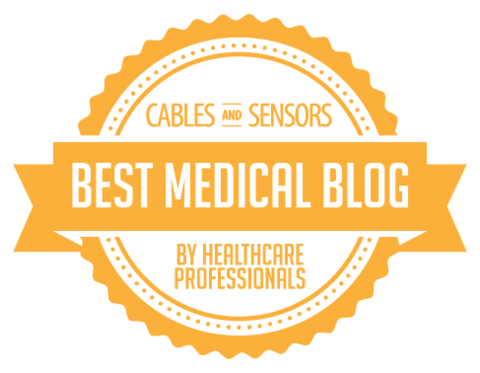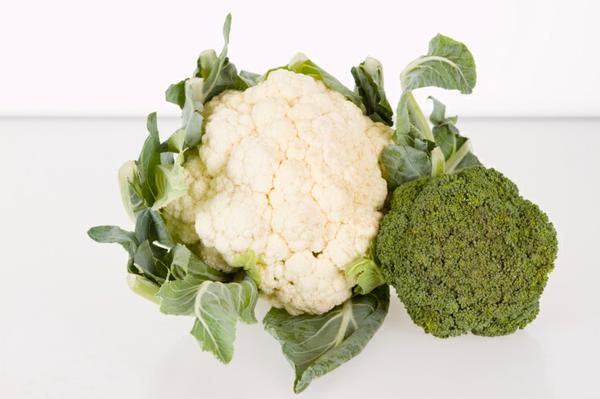
Do you consume 2 ½ cups of vegetables daily as recommended by the 2015 Dietary Guidelines for Americans?
Cruciferous vegetables are a nutrient-rich option for boosting daily vegetable intake. These vegetables are a good source of dietary fiber, vitamins K, C, and E, folate, calcium, and potassium.
Research indicates there may be a link between some of the nutrients and phytochemicals contained in cruciferous vegetables with reduced cancer risk and improved cardiovascular health.
Here are 7 cruciferous vegetables to incorporate in your diet:
#1 Kale
One cup of Kale provides over 1000 mcg of vitamin K. The fiber, potassium, folic acid, and vitamin C found in kale support heart health. Select dark, colored bunches of kale, avoiding yellow and brown leaves.
#2 Broccoli
Microwave or steam broccoli instead of boiling it to reduce nutrient losses. You can consume both the stalks and the florets. Broccoli is a rich source of the enzyme sulforaphane, which is involved in liver detoxification and three B vitamins ( B6, B12, and folate) that reduce homocysteine levels.

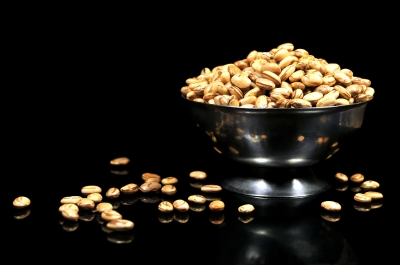
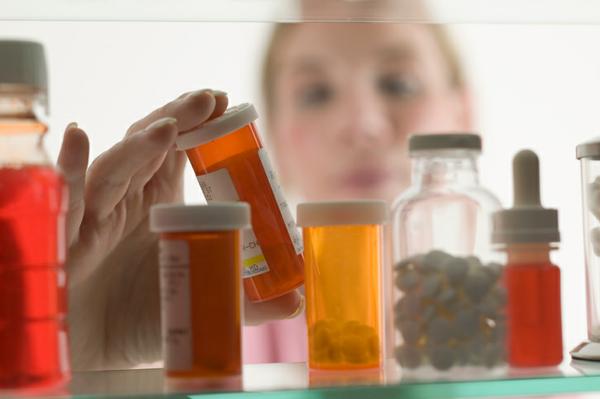 Children seem to have more bumps, bug bites and scrapes than anyone else in the family. Yet most over-the-counter (OTC) remedies have side effects that are risky to our little ones.
Children seem to have more bumps, bug bites and scrapes than anyone else in the family. Yet most over-the-counter (OTC) remedies have side effects that are risky to our little ones.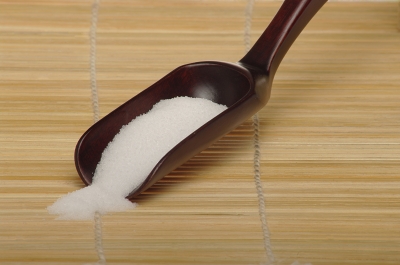
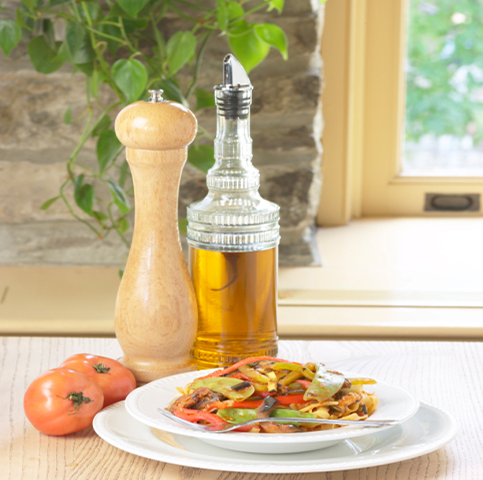
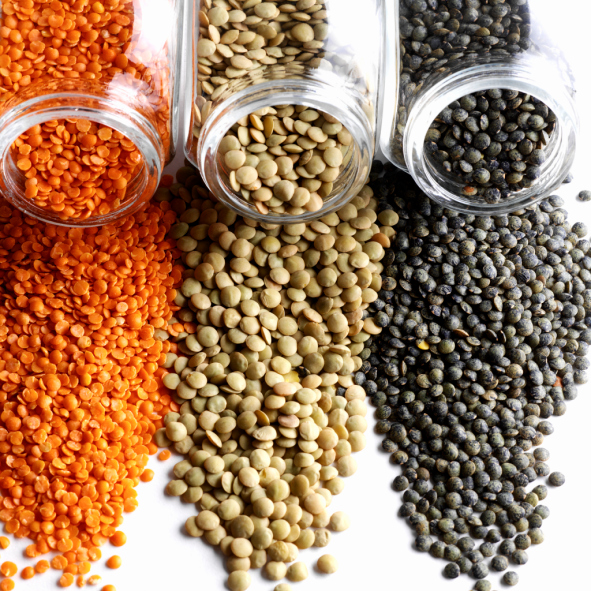 Dried beans, peas, and lentils include kidney beans, navy beans, chickpeas, Great Northern beans, black-eyed peas, split peas, and lima beans.
Dried beans, peas, and lentils include kidney beans, navy beans, chickpeas, Great Northern beans, black-eyed peas, split peas, and lima beans.

